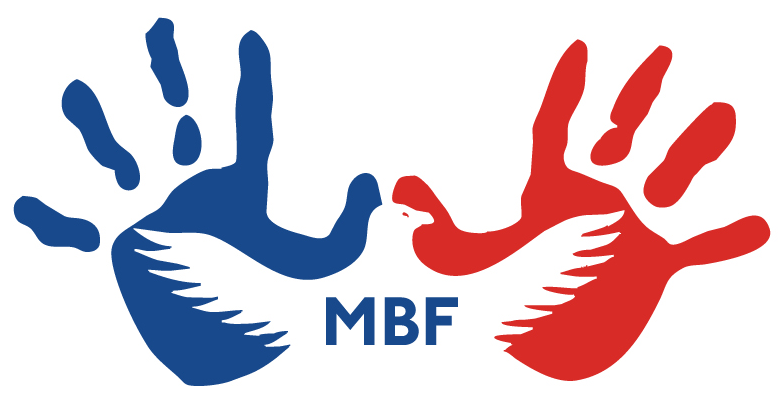Identifying, Intervening, Surviving, and Preventing Bullying Series:
Part 2
Not so long ago we only had to worry about the online threat of strangers. Predators were those from far away who used technology to gain access to our children and subsequently harm them with abuse and exploitation. But times have changed and the digital age has opened up a new world where our children’s peers are now predators as well.
Cyberbullying and digital abuse are quickly becoming the main issue facing tweens and teens today.
- 1 out of 5 children is or will be cyberbullied (US Dept. of Justice)
- 43% of teens ages 13 to 17 have experienced cyberbullying in the past year
- 1 million children were cyberbullied on Facebook during the past year
EdTechmagazine.com has created a great infographic that displays just how real and significant cyberbullying is… we encourage you to check it out.
What is Cyberbullying?
Cyberbullying is threatening, harassing, or aggressive behavior by one or more children or teens toward another using digital technology such as the Internet or cell phones. Unlike bullying, cyberbullying does not have to be a repeated behavior nor does the behavior need to take place between persons of unequal power.
Cyberbullying can include:
- Spreading rumors or posting false information
- Sending harassing messages
- Posting compromising or altered images
- Persuading others to act in this same manner
- Posting private information
- Bullying others while impersonating the victim
 The National Center for Missing and Exploited Children does a great job of explaining cyberbullying through a series of videos titled “Real Life Stories.” These videos feature stories shared by actual teens and are appropriate for tweens and teens, and they are also appropriate for adults who wish to gain a better understanding of cyberbullying and its devastating consequences.
The National Center for Missing and Exploited Children does a great job of explaining cyberbullying through a series of videos titled “Real Life Stories.” These videos feature stories shared by actual teens and are appropriate for tweens and teens, and they are also appropriate for adults who wish to gain a better understanding of cyberbullying and its devastating consequences.
Cyberbullying tends to begin in middle school, increase in the later middle school years, and peak in high school, therefore education and prevention must start early and continue throughout all school years. Learn the risks to children from cyberbullying and other risks associated with technology use. Become educated and empowered to help children and teens stay safe: Cyberbullying and Digital Safety
Additional Resources on Bullying:
How is Bullying Different in Younger vs. Older Grades
Signs Your Child May Be the Target of Bullying
Why Children Become Bullies and Why They Target Certain Kids
Effective Bullying intervention by Adults
Bully Bystander: How and Why Other Students Should Intervene




